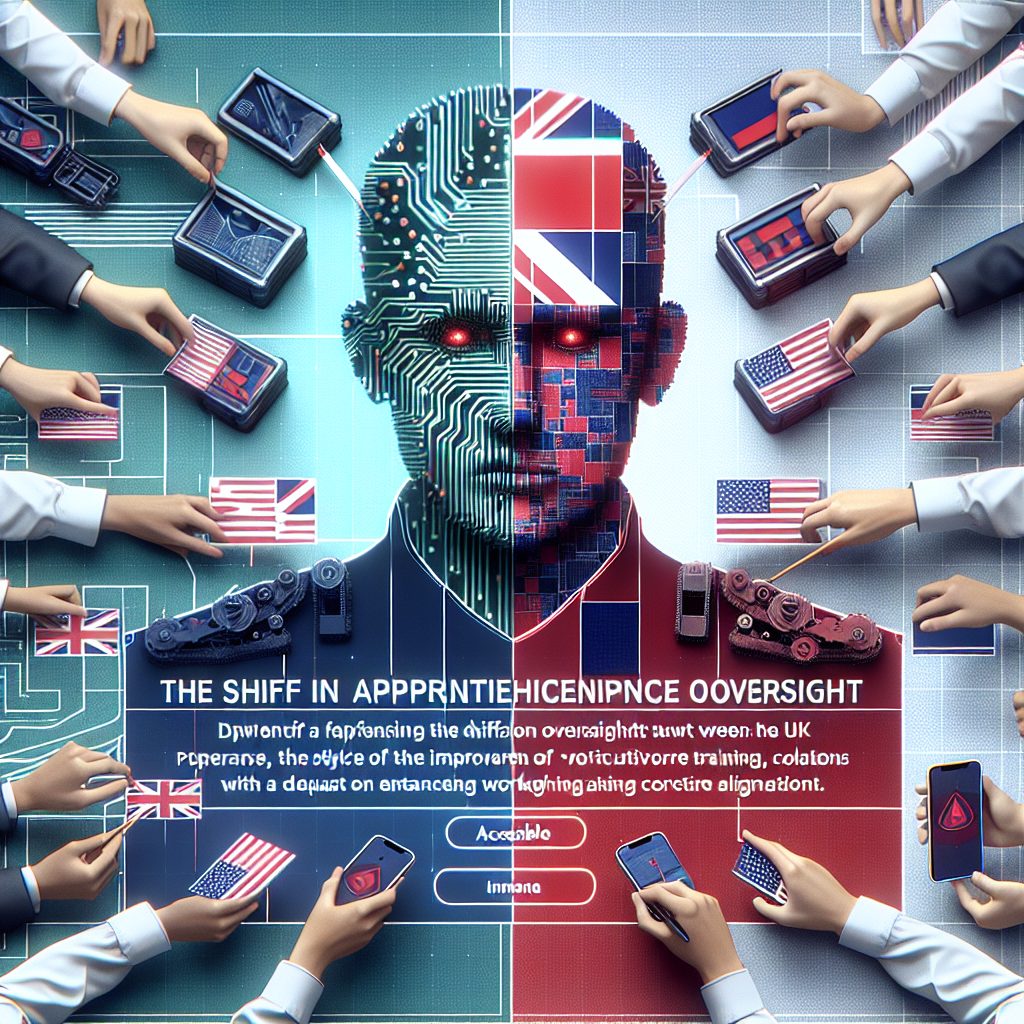
Transforming Apprenticeships: A Global Shift Towards Skills Development

The Wake-Up Call for Apprenticeships We Can’t Afford to Ignore
This week marks a pivotal moment for apprenticeships and skills development in both the UK and the US. Now, if you’re anything like me, you might be thinking, “Another political shuffle, great!” But hang on a minute—this one might actually matter. The UK is moving its apprenticeship responsibilities from the Department of Education to the Department of Work and Pensions. Over the pond, the US is following suit, shifting resources from the Department of Education to the Department of Labor. Both countries are essentially trying to streamline vocational training, making a real effort to align education with workforce needs. And let’s face it, it’s about time.
Why This Shift Matters
Now, I know what you’re probably wondering. Will this change actually make a difference? Well, I genuinely believe it could. A marriage of skills training and the job market seems like a match made in heaven. The aim is clear: to create an apprenticeship system that truly prepares young people for the realities of the workplace. But here’s the kicker: change is just the start. We need to ensure that this shift leads to tangible improvements. If it doesn’t, we’ll merely be shuffling deck chairs on the Titanic. And, frankly, we can’t afford another iceberg.
Moreover, just because there’s a realignment of departments doesn’t mean everything will magically sort itself out. Coordination is key, but it is not an automatic guarantee of effective execution. What we need is a practical plan that addresses the skills gap we’re currently facing. Employers need skilled labour, and young people need accessible pathways to solid careers. This realignment is the first step, but it’s what happens next that will truly matter.
Understanding the Changing Landscape of Apprenticeships
Let’s take a closer look at what this means for apprenticeships in practice. First off, we will need to see how well these new structures foster relationships between schools and businesses. Are companies going to get involved in shaping what apprentices learn? Will they offer meaningful placements that provide real-world experience? These are questions that need serious answers.
In the UK, the shift could mean a more coherent funding strategy for vocational training. In a country where youth unemployment has been a flashpoint for years, we need every tool at our disposal to empower young people. Reallocating responsibilities to a department focused on employment might lead to increased opportunities for face-to-face collaboration between educational institutions and industries. But will it be enough?
Lessons from Across the Pond
When we look at the US, they’re grappling with the same challenges. The shift in focus towards the Department of Labor could help bridge the gap between skills training and job availability. As an observer, I find it exciting but also a bit nerve-wracking. We’ve seen how such changes work out—or don’t—in various settings over the years. So we should remain cautiously optimistic.
Ultimately, both sides of the Atlantic are at a crossroads. Will we manage to create robust systems that actually work for everyone involved? Or will this merely be another attempt at change that fizzles out? My personal experience goes back to my early days at Virgin, where I learned early on the magic of hands-on experience coupled with formal education. It opened doors for me that I never knew existed and it’s a system we desperately need to foster again today.
Let’s Move Forward Together
As we watch these shifts unfold, let’s not forget the fundamental purpose of apprenticeships: to empower the next generation. Change can be unsettling, but it also brings opportunities. I’d love to hear your thoughts on this. Do you believe these moves will lead to better apprenticeship outcomes? What do you think we can do to make sure that these changes lead us towards a brighter future?
We are on the brink of something potentially transformative. Let’s lean into that and ensure we’re not just filling quotas but genuinely preparing young people for their futures. Are you on board with this vision?
Drop your thoughts in the comments below, and let’s keep this conversation going.



